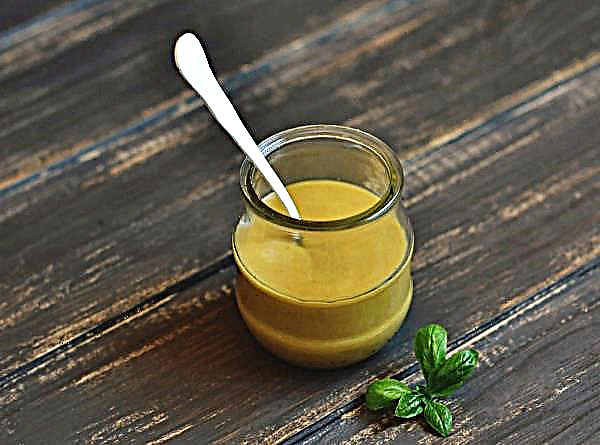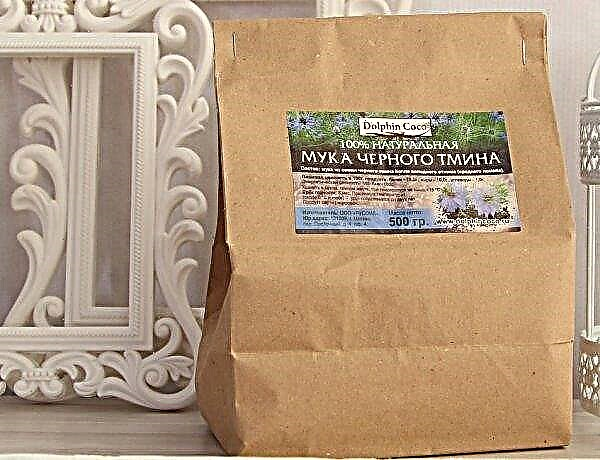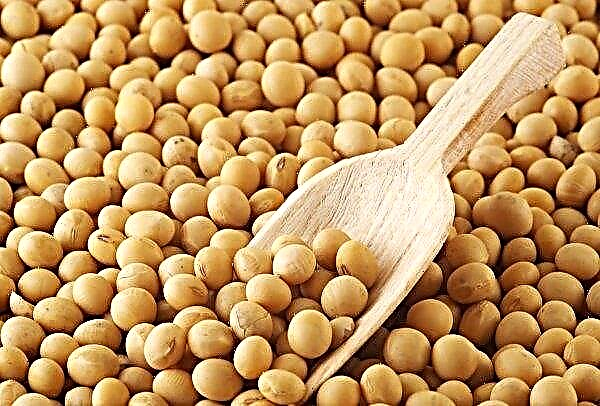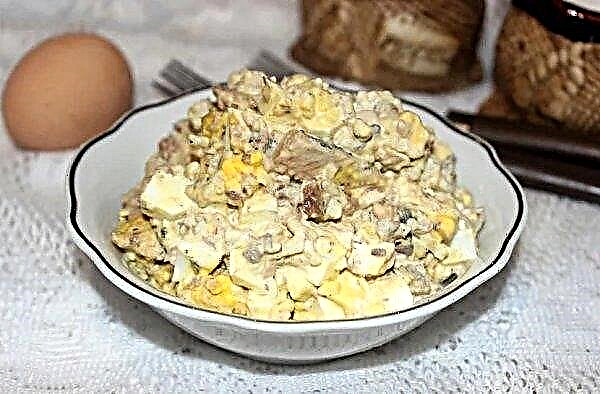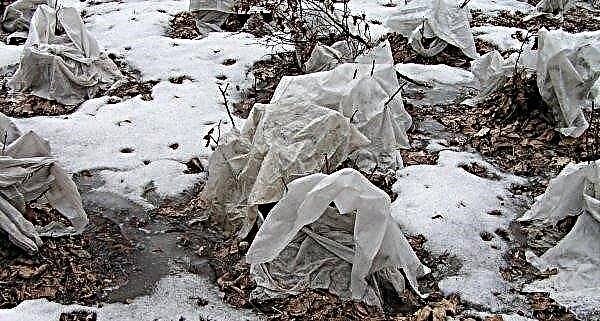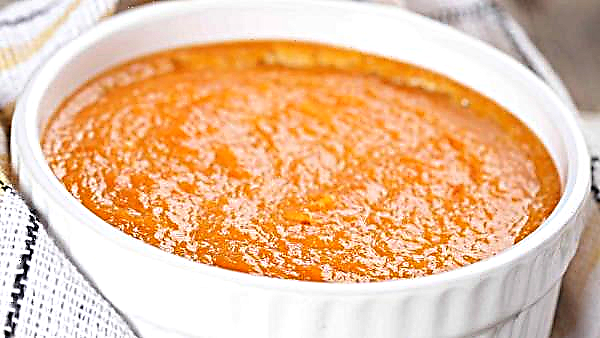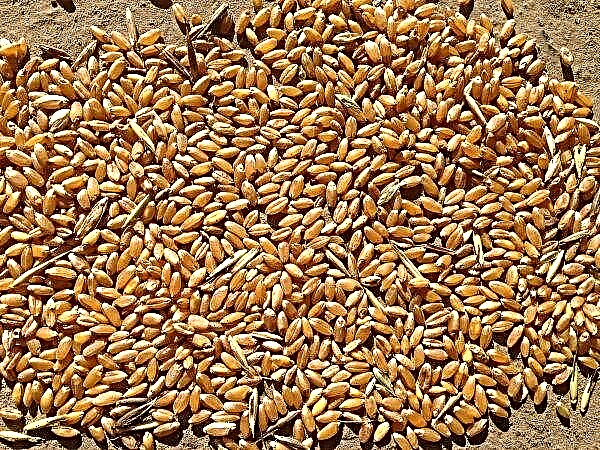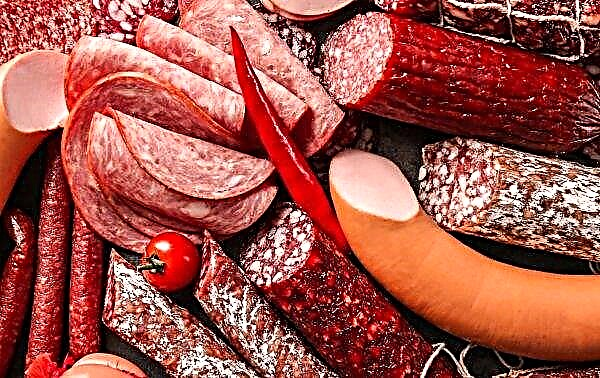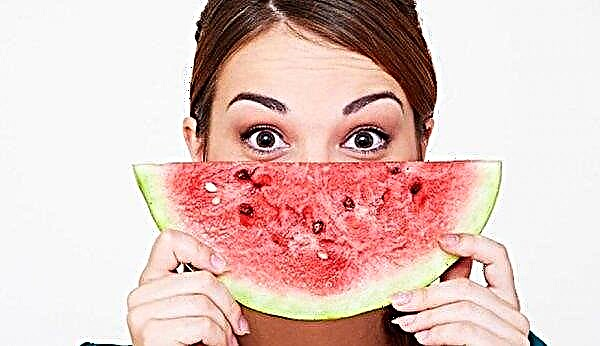One of the most common diseases in cattle is poisoning. Various factors can provoke it. We will talk about the causes of poisoning and the methods of its treatment in this material.
Causes of poisoning
During grazing, cows are not selective and, unfortunately, eat almost everything that comes in their way, especially if they are driven out hungry.
That is why there can be many causes of intoxication in cattle:
- eating grass containing toxic substances;
- eating poisonous mushrooms;
- the use of potatoes, which spent a long time under the influence of sunlight, as a result of which the toxic substance solanine was formed in it;
- excessive consumption of beets;
- feeding a large dose of salt, causing salt poisoning;
- penetration into the body of chemicals, for example, salts of copper, mercury, arsenic, nitrates, pesticides;
- feeding hay of inadequate quality, stored for a long time, containing mold;
- introduction to the diet of poor-quality feed.
 All of the above reasons are due to the fact that the owner does not closely monitor the contents of the animal feeder and the quality of the feed that gets into them, neglects the preparation of the diet, and removes cattle to graze on unverified meadows and lands treated with chemicals.
All of the above reasons are due to the fact that the owner does not closely monitor the contents of the animal feeder and the quality of the feed that gets into them, neglects the preparation of the diet, and removes cattle to graze on unverified meadows and lands treated with chemicals.Important! When animal feed containing up to 1.5% nitrates enters the body, acute poisoning occurs. If this threshold is exceeded, the animal can quickly die. Cattle can only be released onto cultivated land after 20 days.
Symptoms
The following signs will indicate that the cow has been poisoned:
- bloating;
- emptying occurs with liquid feces, often with an admixture of mucus, blood, foam;
- vomiting has opened;
- cattle are oppressed, most often in a lying position;
- when walking, the animal staggers, behaves insecurely;
- lack of appetite;
- the cow often breathes, her heart rate is fixed;
- when examining the eyes, there is a narrowing or expansion of the pupils;
- saliva often flows from the mouth;
- body temperature rises;
- frequent urination is observed.
If arsenic poisoning has occurred, then in the mouth the mucous membrane will turn blue. With mercury intoxication, ulcers form in the mouth, the mucous membrane turns red. Some toxic substances lead to excitement of the nervous system and seizures. As a rule, symptoms of stomach poisoning appear 2-3 hours after toxic substances enter the body.
As a rule, symptoms of stomach poisoning appear 2-3 hours after toxic substances enter the body.
Important! If one or more of the above symptoms is found, you should immediately seek veterinary care. Delay in treatment is fraught with serious consequences for the health of cattle, up to death.
Diagnostics
A veterinarian can accurately diagnose why a cow became ill. It performs diagnostics based on symptom information and an examination of the animal.
Depending on which particular substance triggered the poisoning, emergency therapy is carried out or the removal of toxins from the body and the implementation of treatment.
What to do than to treat
If it was found that a chemical substance had entered the body of the cows, then emergency therapy would be in the form of injections, which would have an anti-toxic effect. Such a therapy can only be carried out by a veterinarian who knows exactly what substance the cow has poisoned and what antidote she needs to administer.
First aid
When providing emergency care after poisoning with urea and nitrates, the animal is pierced by the side of the abdomen and a scar is pierced. In other cases, various “antidotes” are introduced - antidotes, absorbents, gastric lavage, laxatives, glucose and saline are injected into the vein. In case of poisoning with various substances, treatment regimens will be as follows:
In case of poisoning with various substances, treatment regimens will be as follows:
- When eating poisonous herbs. It is necessary as soon as possible to introduce into the cow’s stomach up to 2 l of a 0.5% solution of acetic acid and wash the stomach with a 0.1% solution of potassium permanganate. The animal is also injected with glucose and 10% urotropine solution.
- When mercury enters the body. The introduction of the antidote Strizhevsky. Further treatment of poisoning will consist in feeding the animal milk, mucous membranes and protein decoctions.
- When eating feed with nitrates. Gastric lavage is performed, as well as the introduction of a 1% solution of methylene blue.
- When penetrated into the body of copper salts. Washing is done with a mixture of water with charcoal and the introduction of glucose.
- When eating arsenic. Gastric lavage is carried out with 1% solution of burnt magnesia. After this, the boleta is soldered with milk and oily emulsions, which will form a film in the digestive tract and renew the mucous membrane.
- With excessive use of beets. It is necessary to rinse as soon as possible with a weak solution of potassium permanganate, inject insulin subcutaneously, which will reduce the blood sugar level, and also inject 5% sodium chloride solution into the vein.
- When taking substances that inhibit the nervous system. Caffeine injections are used.
- When taking substances that excitingly affect the nervous system. Chloral hydrate injections are used.
Did you know? The record for annual milk productivity belongs to a Holstein cow named Juliana. In 2004, she brought 30,805 kg of milk per year. And milk of record fat content was recorded in England - 14.06%.
Further therapy
After emergency methods have eliminated the threat to life for the animal, the veterinarian will write down detailed instructions on how to proceed further with the owner. The duration of therapy and the restoration of the cow will depend on how badly the body was affected.
The duration of therapy and the restoration of the cow will depend on how badly the body was affected.
The classic treatment regimen is as follows:
- Providing complete peace to the "patient".
- The first 2 days the animal is given only a lot of water. Feed has not yet been administered.
- From the very first day, sorbents are soldered, allowing you to cleanse the body of toxins.
- On the third day, you can offer the cow sparing liquid food - flour or oat talker.
- A return to the normal diet is carried out gradually - each ingredient is added daily in small portions, watching how the digestive system reacts to such an addition.
Important! To avoid dehydration, the cow must constantly offer plenty of water.
Prevention
In order to prevent intoxication of the body, it is necessary to adhere to several rules:
- Make sure that no poisonous herbs and acorns get into either the pasture or the cattle feeder. Herbs that are dangerous for cows include: alfalfa, lupine, hemlock, fern, Sudanese, spider, buttercup, bleached, horsetail, etc. The cross is particularly scary - in 100% of cases it causes the death of the animal.
- Make sure that potatoes with green skin and seedlings do not get into the feed - this indicates that it has lain in the sun for a long time and it already contains solanine.
- To make sure that grass cut in ecologically safe areas, for the processing of which no chemicals are used, enters the animal’s food.
- Before taking cattle to graze on the meadow, it is necessary to examine it for the growth of toxic herbs. If there are any, mow them, plow and farm the land, and then plant good grass on it.
- Perform a thorough inspection of hay before placing it in the feeder. Avoid feeding cattle with hay, which was stored incorrectly - in conditions of high humidity and poor air ventilation.
- Do not give animals more than 10-12 kg of beets per day.
- Do not feed animals more than 100 g of salt per day.
 Thus, in cows that feed on pasture, poisoning is often diagnosed with various herbs and root crops, as well as chemicals.
Thus, in cows that feed on pasture, poisoning is often diagnosed with various herbs and root crops, as well as chemicals.Did you know? The record live weight of the bull was recorded in 1847 in France. She was 1934 kg.
In order to prevent them, it is necessary to strictly monitor the quality of the feed that enters the animal's feeder, as well as the condition of the terrain where animals graze.


